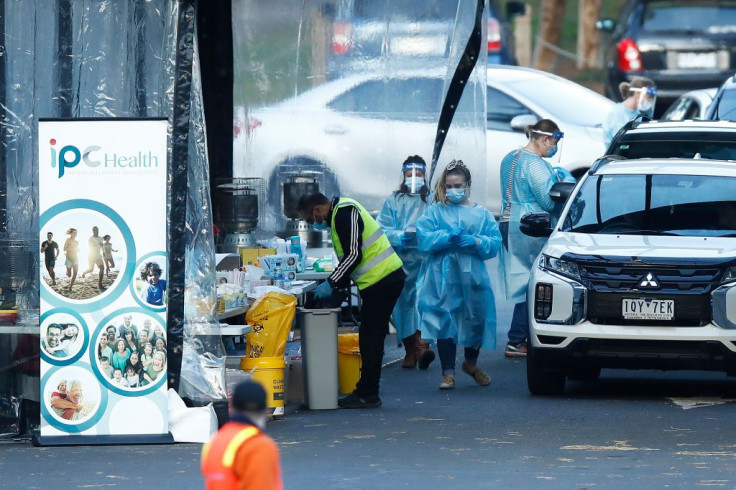
In a recent discovery of sorts, scientists now believe that a cell infected by the novel coronavirus is likely to spread a large number of unidentified particles, lacking protective membranes.
A volley of researchers also ascertained that the particles looked different than the regular viruses -- owing to its small size and irregularity in shape. The findings were suggested in a non-peer-reviewed paper that was uploaded on bioRxiv.org on Thursday.
Spearheaded by Professor Li Lanjuan from the State Key Laboratory for Diagnosis and Treatment of infectious Diseases at Zhejiang University, the study group inferred that the particles were largely defective interfering particles also called “inaccurate copies” that are by-products of the virus replicating.
Science-backed claims indicate that the coronavirus stores its genes in single-stranded, relatively loose ribonucleic acid, which is likely to cause replication errors, such as the loss of protein-related genes.
What’s more, the findings also pointed out how minor deletion in the genome and a massive quantity of the particles were some of the key factors behind the asymptomatic infection on the molecular level.
Some researchers have also cited that the symptom-free carriers could evoke an initial surge in some countries, but the cases haven’t always led to viral reproduction.
The research comes as a stark contradiction to the theory put forth by the World Health Organization in April i.e. asymptomatic patients were unlikely to spread the virus.
There’s another interesting observation doing the rounds: A deadly viral strain circulating in Europe and the United States is allegedly more potent owing to its spike proteins as compared to those from China.
“Sars-CoV-2 has acquired mutations capable of substantially changing its pathogenicity,” said Li as per a media outlet. It was also discussed in a separate study that the New York strains had been imported from Europe. The inference also drew forth a similarity: The death toll in New York was similar to that in many European countries.
In hospitals, Covid-19 patients haven’t been differentiated based on the strains they have. Aside from receiving the same treatment, Li and her colleagues pointed to how defining mutations in a region played a crucial role in determining the actions to be taken to combat the virus.
© 2025 Latin Times. All rights reserved. Do not reproduce without permission.




